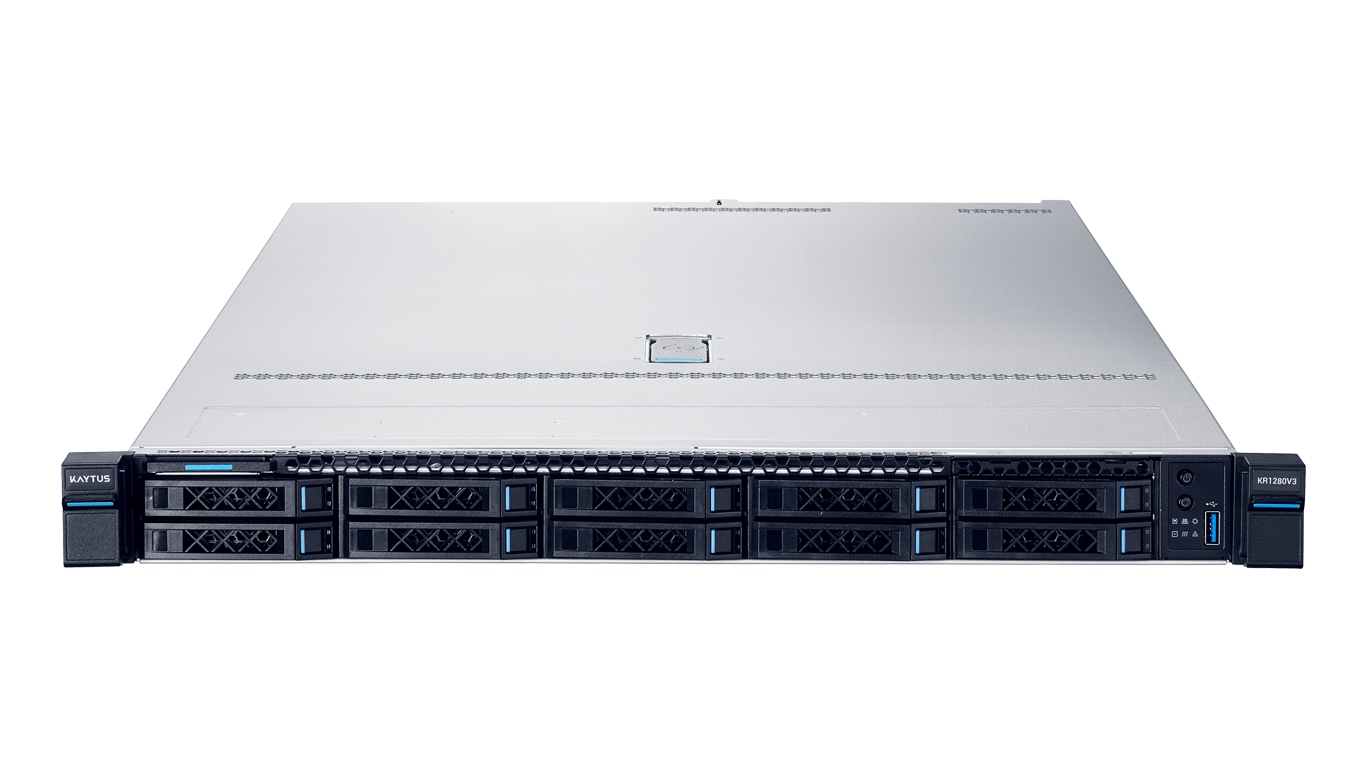Introduction
As computing power continues to grow, so does the heat generated by high-performance processors and GPUs. Traditional air cooling methods are reaching their limits, especially in data centers, gaming PCs, and AI-driven applications. Enter liquid cooling systems—a more efficient and advanced solution for managing heat in modern electronics.
In this blog, we’ll explore how liquid cooling works, its benefits over air cooling, different types of liquid cooling systems, and why it’s becoming essential for next-gen computing.
How Does Liquid Cooling Work?
Liquid cooling systems use a coolant (usually water or a specialized fluid) to absorb heat from critical components like CPUs and GPUs. The process involves:
1. Heat Absorption – A cold plate (or water block) is placed directly on the processor, absorbing heat.
2. Coolant Circulation – The heated liquid flows through tubes to a radiator.
3. Heat Dissipation – The radiator, equipped with fans, cools the liquid before it cycles back.
This closed-loop system is far more efficient than air cooling because liquids transfer heat much faster than air.
Liquid Cooling vs. Air Cooling: Key Advantages
Why is liquid cooling gaining popularity? Here’s how it outperforms traditional air cooling:
Better Thermal Efficiency – Liquids absorb heat approximately four times faster than air, allowing for lower operating temperatures.
Quieter Operation – Fewer fans are required, significantly reducing noise levels.
Higher Overclocking Potential – Gamers and professionals can push hardware further without thermal throttling.
Space Efficiency – Ideal for compact builds where airflow is restricted.
Energy Savings – Data centers using liquid cooling reduce power consumption by up to 40%.
Types of Liquid Cooling Systems
There are three main types of liquid cooling solutions:
1. All-in-One (AIO) Coolers
- Pre-assembled, maintenance-free systems.
- Common in gaming PCs (e.g., Corsair, NZXT).
- Easy to install, but less customizable.
2. Custom Loop Cooling
- Built with separate pumps, reservoirs, and tubing.
- Offers superior cooling for extreme performance (e.g., overclocked workstations).
- Requires maintenance (refilling coolant, checking for leaks).
3. Immersion Cooling (For Data Centers)
- Submerges entire servers in non-conductive fluid.
- Eliminates fans, reducing energy costs.
- Used in Bitcoin mining and supercomputing.
Applications of Liquid Cooling
Liquid cooling isn’t just for gamers—it’s transforming multiple industries:
Data Centers – Companies like Google and Microsoft use liquid cooling to handle AI and cloud computing workloads.
Gaming & Overclocking – Enthusiasts achieve higher FPS and stability.
Cryptocurrency Mining – Reduces heat-related hardware failures.
Electric Vehicles & Aerospace – High-performance computing in EVs and satellites relies on liquid cooling.
Challenges and Considerations
While liquid cooling is superior in many ways, there are some challenges:
Cost – More expensive than air cooling (especially custom loops).
Maintenance – AIOs are low-maintenance, but custom loops require monitoring.
Risk of Leaks – Proper installation is crucial to avoid damage.
However, as technology improves, these drawbacks are becoming less significant.
The Future of Liquid Cooling
With the rise of AI, 5G, and quantum computing, heat management will only become more critical. Innovations like two-phase cooling (using evaporative cooling) and nanofluid-enhanced coolants promise even greater efficiency.
Soon, liquid cooling may become the standard not just for high-end PCs and data centers, but for everyday electronics.
Conclusion
Liquid cooling systems represent the next evolution in thermal management, offering unmatched performance, efficiency, and scalability. Whether you're a gamer, a data center operator, or a tech enthusiast, understanding liquid cooling can help you make smarter decisions for your hardware.
The Future of Computing: How Liquid Cooling Systems Are Revolutionizing Performance

